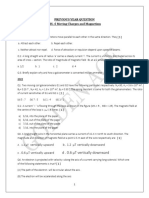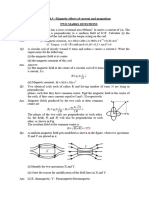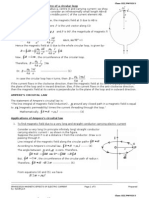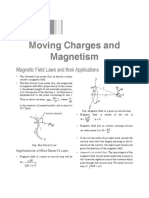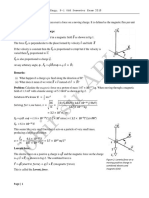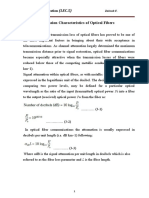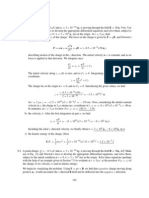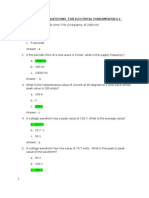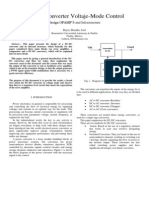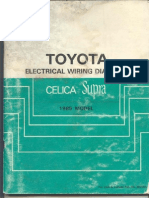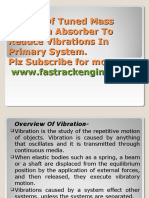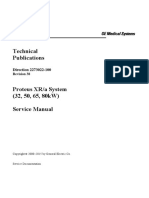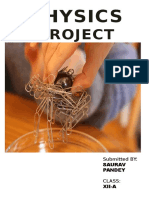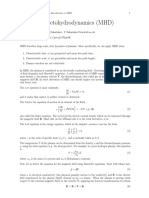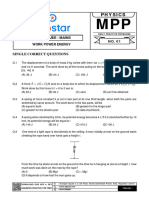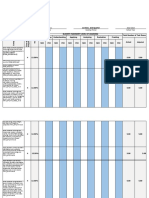0% found this document useful (0 votes)
16 views25 pagesClass12 Physics Chapter4
Chapter 4 discusses the principles of moving charges and magnetism, including the concept of magnetic fields, Lorentz force, and the behavior of charged particles in magnetic fields. It covers the application of Biot-Savart's Law and Ampere's circuital law to determine magnetic fields produced by current-carrying conductors. The chapter also explains the torque on current loops, the working principle of galvanometers, and methods to convert galvanometers into voltmeters and ammeters.
Uploaded by
ealhipatel002Copyright
© © All Rights Reserved
We take content rights seriously. If you suspect this is your content, claim it here.
Available Formats
Download as PDF, TXT or read online on Scribd
0% found this document useful (0 votes)
16 views25 pagesClass12 Physics Chapter4
Chapter 4 discusses the principles of moving charges and magnetism, including the concept of magnetic fields, Lorentz force, and the behavior of charged particles in magnetic fields. It covers the application of Biot-Savart's Law and Ampere's circuital law to determine magnetic fields produced by current-carrying conductors. The chapter also explains the torque on current loops, the working principle of galvanometers, and methods to convert galvanometers into voltmeters and ammeters.
Uploaded by
ealhipatel002Copyright
© © All Rights Reserved
We take content rights seriously. If you suspect this is your content, claim it here.
Available Formats
Download as PDF, TXT or read online on Scribd
/ 25

